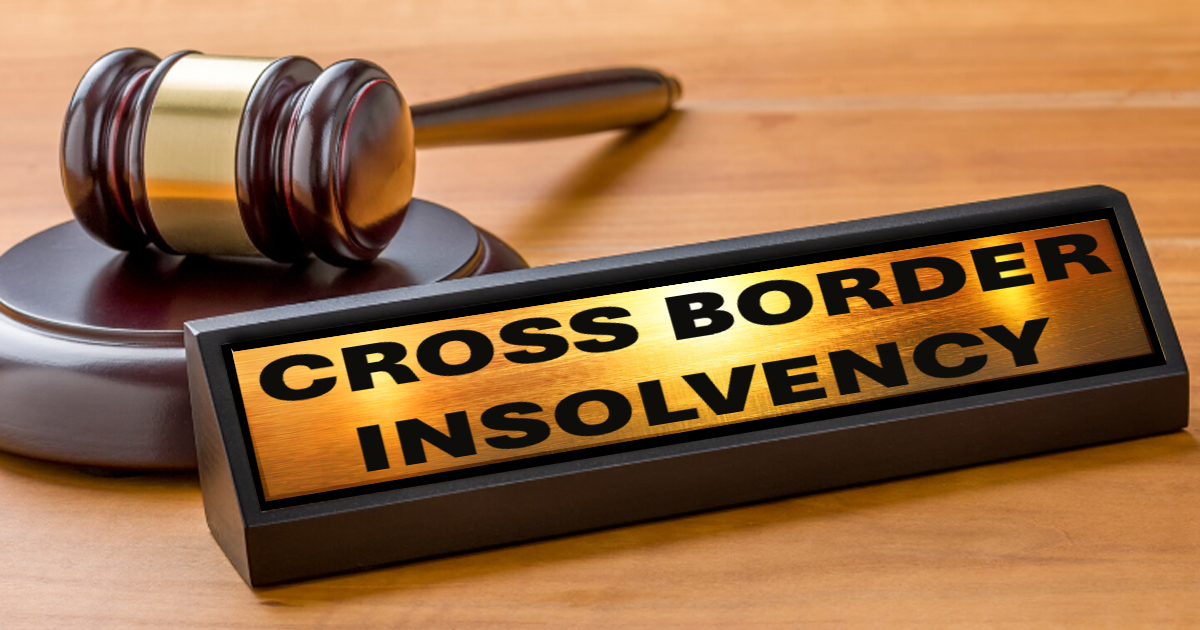
Context: The ongoing debate on adopting harmonized laws to handle cross-border insolvency is gaining momentum, emphasizing the need for a coordinated legal framework.
What is Cross-Border Insolvency?
Cross-border insolvency occurs when a company with assets and liabilities in multiple countries becomes bankrupt. Such cases pose challenges, requiring cooperation between courts and insolvency professionals across different jurisdictions.
Key Aspects of Cross-Border Insolvency:
- Equal Treatment of Creditors: Ensuring that both domestic and foreign creditors are treated fairly.
- Asset Protection: Safeguarding the value of a debtor’s assets located in various countries.
- Uniformity: Harmonizing insolvency laws and practices across jurisdictions.
- Judicial Cooperation: Coordinating with judicial authorities in different countries to ensure efficient handling of insolvency cases.
Why Does India Need Cross-Border Insolvency Laws?
- The Insolvency and Bankruptcy Code (IBC), 2016, serves as India’s primary insolvency legislation, but it lacks comprehensive procedures for handling cross-border cases.
- Section 234: Empowers the Central Government to enter into bilateral agreements with foreign countries to resolve cross-border insolvency issues.
- Section 235: Allows the adjudicating authority to request assistance from courts in foreign countries to deal with assets of debtors located abroad.
However, these provisions are insufficient for a comprehensive cross-border insolvency framework.
How Does India Currently Handle Cross-Border Insolvency?
- India currently resolves cross-border insolvencies on a case-by-case basis through bilateral agreements.
- Despite engaging in Free Trade Agreements (FTAs) and similar international agreements, these do not sufficiently cover cross-border insolvency.
Recommendation for Improvement
The Insolvency Law Committee (ILC) suggested that India adopt the United Nations Commission on International Trade Law (UNCITRAL) Model Law on Cross-Border Insolvency, 1997, which offers a framework to address cross-border insolvency issues.
UNCITRAL Model Law on Cross-Border Insolvency, 1997:
- This law helps countries manage the insolvency of companies with assets or creditors in multiple countries by encouraging international cooperation while respecting national laws.
- Although adopted by only 60 countries, it has been implemented with various adaptations based on national requirements.
- India has not yet adopted this Model Law despite repeated recommendations.
Arguments in Favor of Adopting the Model Law:
- Enhanced Investment Climate: Adoption would make India more attractive for global creditors.
- Faster Information Exchange: It would improve the flow of essential information across borders.
- Better Asset Protection: It would ensure effective participation in protecting and reorganizing company assets.
- Improved Credit Recovery: It would streamline the process for creditors to recover debts.
- Boost to International Trade: By providing legal clarity, it would benefit cross-border businesses and trade.
Recent Developments:
- India has released Draft Z, which addresses the current shortcomings in the cross-border insolvency framework by determining the Centre of Main Interests based on a debtor’s registered office. This draft applies exclusively to corporate debtors.
- In 2020, the Cross Border Insolvency Rules and Regulations Committee (CBIRC) was formed by the Ministry of Corporate Affairs (MCA) to formulate subordinate legislation under Draft Part Z.




